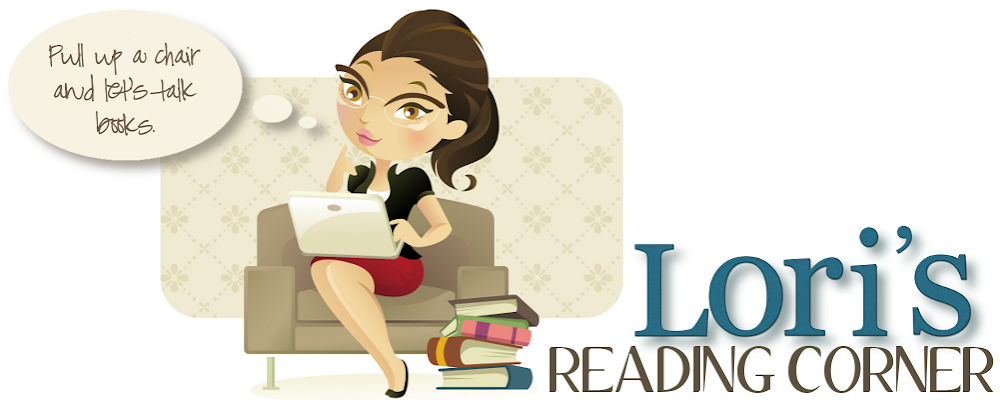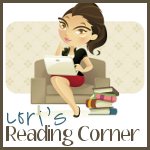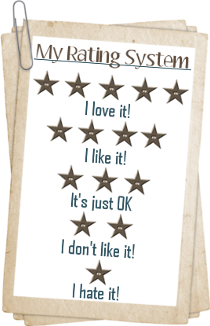#1: My head in Central Park
A computer is essential. Notebooks aren’t bad. In a pinch, scribbling on a napkin will suffice. I sometimes prefer to write in my head. The where is important. I can write in my head while staring out a window or riding on a train (but not on the subway). Crowded streets are iffy. To the degree possible in the limited horizons of my New York City habitat, outdoors is best, especially if I’m in motion.
Central Park is my favorite place for writing in my head. Before the winter cold settles in, turtles line up on the boulders bordering the Lake. Brilliant yellow leaves carpet the trails near the Boat House. Jugglers and musicians practice at the Bethesda Fountain. In a hidden pond, I count five large orange carp swimming, while above water, pond-skimmers skim and dragonflies fly. My walk is accompanied by birdcalls and crunching leaves, the smell of dirt, dried grass, wet rocks, fallen leaves. I scramble to the top of boulders, pretending that I’m on the Appalachian Trail, rather than in the middle of Manhattan.
Signs at trailheads designate The Ramble, a wooded area of the park, as Forever Wild—albeit a loose definition of wild. Central Park is a carefully landscaped illusion of nature, designed in 1858 by Frederick Law Olmstead, and maintained these days by the Central Park Conservancy. The purported “Wild” parts are fenced in. Obedient tourists and locals stay on the paved paths. A man-made waterfall flows into the man-made lake. I wonder about the boulders. I’m sure the multi-ton behemoths were deposited here by retreating glaciers in the last Ice Age. But what about that gorgeous gray slab of stone, perched on an expanse of granite, artfully silhouetted against the lake? Was that the work of glaciers or of Olmstead’s imagination?
I’m amused by the sleight of hand, the trompe l'oeils effect. I buy it. I like being tricked into thinking I’m in nature, when this park is as carefully contrived as Disneyland. But the thing about Central Park is that, in the balance of real and make-believe, nature trumps artifice. The trees don’t give a damn that they were planted by a landscape designer. The ducks don’t care that the lake is an elaborate ruse, fed by an underground plumbing system. To the thousands of migratory birds that land in Central Park each spring and fall, Central Park is an oasis of forest and ponds, not an elaborate stage set. They have no argument with the human landscaping, or with humans for that matter. I figure if birds are tricked by Central Park, there’s no shame in being tricked myself
I’ve been mulling over questions of artifice and illusion for a new book I’m writing. My walk through Central Park has clarified some ideas and fueled more questions. I walk back to my apartment, in hopes of translating the writing in my head onto my computer.
About the author ~
Alice Eve Cohen is a solo theatre artist, playwright, and memoirist. Her memoir, What I Thought I Knew (Viking / Penguin, 2009) won the Elle's Lettres 2009 Grand Prix for Nonfiction, it was selected as one of Oprah Magazine’s 25 Best Books of Summer, and has been optioned for a television movie by Lifetime. She has written for Nickelodeon, PBS, and CBS. Her plays have been presented at theatres throughout the country, and she has toured her solo theatre works internationally. Her writing about arts in education has been published in nine languages. The recipient of fellowships and grants from the New York State Council on the Arts and the National Endowment for the Arts, she holds a BA from Princeton University and an MFA from The New School. She teaches at The New School in New York City.
Visit Alice's website
Friend Alice on Facebook
Follow Alice on Twitter
Contact Alice
Her book ~
A personal and medical odyssey beyond anything most women would believe possible
At age forty-four, Alice Eve Cohen was happy for the first time in years. After a difficult divorce, she was engaged to an inspiring man, joyfully raising her adopted daughter, and her career was blossoming. Alice tells her fiancé that she's never been happier. And then the stomach pains begin.
In her unflinchingly honest and ruefully witty voice, Alice nimbly carries us through her metamorphosis from a woman who has come to terms with infertility to one who struggles to love a heartbeat found in her womb - six months into a high-risk pregnancy.
What I Thought I Knew is a page-turner filled with vivid characters, humor, and many surprises and twists of fate. With the suspense of a thriller and the intimacy of a diary, Cohen describes her unexpected journey through doubt, a broken medical system, and the hotly contested terrain of motherhood and family in today's society. Timely and compelling, What I Thought I Knew will capture readers of memoirs such as Eat, Pray, Love; The Glass Castle; and A Three Dog Life.
At age forty-four, Alice Eve Cohen was happy for the first time in years. After a difficult divorce, she was engaged to an inspiring man, joyfully raising her adopted daughter, and her career was blossoming. Alice tells her fiancé that she's never been happier. And then the stomach pains begin.
In her unflinchingly honest and ruefully witty voice, Alice nimbly carries us through her metamorphosis from a woman who has come to terms with infertility to one who struggles to love a heartbeat found in her womb - six months into a high-risk pregnancy.
What I Thought I Knew is a page-turner filled with vivid characters, humor, and many surprises and twists of fate. With the suspense of a thriller and the intimacy of a diary, Cohen describes her unexpected journey through doubt, a broken medical system, and the hotly contested terrain of motherhood and family in today's society. Timely and compelling, What I Thought I Knew will capture readers of memoirs such as Eat, Pray, Love; The Glass Castle; and A Three Dog Life.























